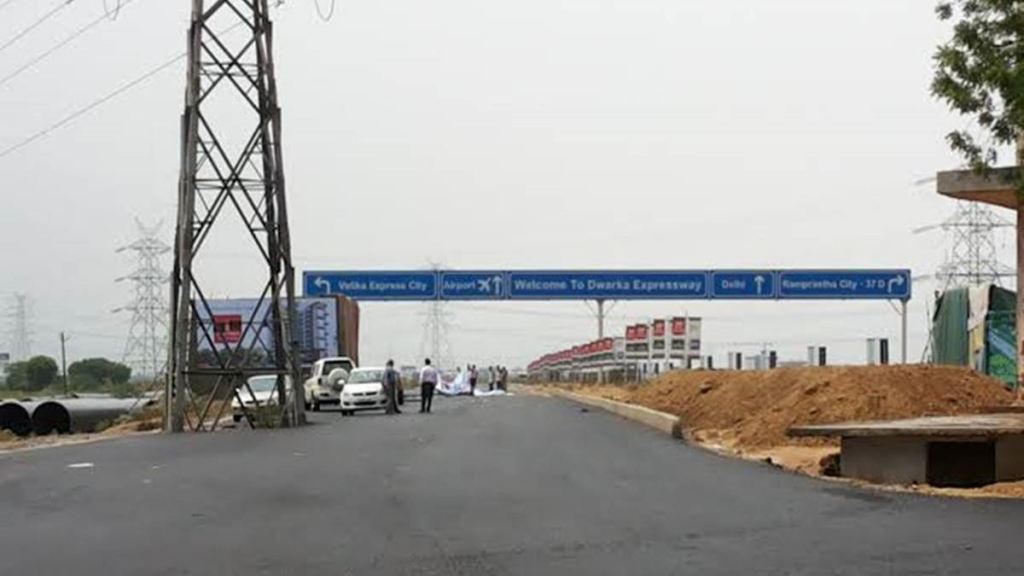As businesses and governments adopt net-zero strategies, it is imperative for the industry to develop resilient solutions and construct infrastructure capable of withstanding the repercussions of climate change. Simultaneously, these initiatives should remain economically-viable investments. The reevaluation of how we plan, create, and manage our infrastructure is a vital component of this undertaking. Infrastructure is critical in influencing our cultures, economics, and environment. Rethinking infrastructure systems is a critical step towards creating a net-zero and sustainable future.
Net zero water aims to maintain the amount and quality of available freshwater resources with the least amount of degradation, depletion, and rerouting possible. This is achieved by employing water efficiency techniques and possible substitutes for freshwater.
Economic expansion and convenience have frequently taken precedence over environmental considerations in traditional infrastructure development. Roads, buildings, and energy systems have been built with little regard for their long-term influence on the environment. As we face the challenges of climate change, we must rethink and reform the way we design, build, and maintain infrastructure. Sustainable infrastructure must be designed to withstand these challenges. This involves building resilient structures, developing adaptive strategies, and incorporating nature-based solutions, such as green roofs and permeable pavements, to mitigate the impact of climate-related risks.
Also Read: How to manage health emergencies without breaking your bank
Decarbonization of infrastructure is one of the key goals on the route to net zero. This entails shifting away from fossil-fuel-based energy sources and toward renewable alternatives such as solar and wind power. Furthermore, electrification of transportation and the incorporation of energy-efficient technologies in buildings can greatly reduce carbon emissions. Using technology to construct smart and connected infrastructure can optimize resource utilization and improve overall efficiency. Smart grids, intelligent transportation systems, and data-driven decision-making processes can all help to reduce energy usage and improve overall infrastructure network performance.
Adopting a circular economy approach is critical for long-term infrastructure. This entails creating infrastructure systems that favor material reuse, recycling, and repurposing. A circular economy approach reduces resource consumption and environmental impact across the board, from construction materials to waste management.
Government policies and private sector investments are critical in directing infrastructure development toward long-term sustainability. Incentives for renewable energy projects, stronger environmental regulations, and the incorporation of sustainability factors into public procurement processes can all help to stimulate the use of green infrastructure. Public awareness and participation are critical components of a successful transition to sustainable infrastructure. Communities must be educated on the benefits of net-zero infrastructure and be actively involved in decision-making processes. Individuals can be empowered by education campaigns to make environmentally conscious decisions in their daily lives and to advocate for sustainable infrastructure in their communities.
Rethinking how we do infrastructure is a fundamental step towards achieving a net-zero future. The journey to net zero requires a collective commitment to transform the way we plan, build, and manage our infrastructure, paving the way for a more sustainable and resilient world.
(By Gurmit Singh Arora, National President, Indian Plumbing Association. Views are personal)


